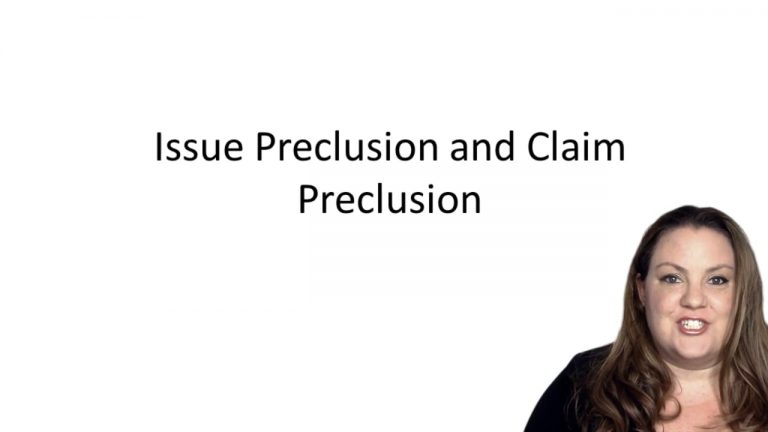SmartBrief
Confirm favorite deletion?
Civil Procedure Keyed to Marcus
Janet Alexander Cosmetics v. L’Oreal USA, Inc.
Citation:
458 F.3d 244 (3d Cir. 2006)Facts
JAC and L’Oreal both had trademarks for cosmetic products that used the letters “EQ.” L’Oreal began using one such mark in 1988; JAC began using its mark in 1990 and registered it in 1993. In 1996, L’Oreal attempted to register a modernized version of its mark, which it had been using since 1992. The TTAB denied registration of L’Oreal’s modernized mark. L’Oreal filed a petition to cancel JAC’s mark because of the likelihood of confusion between the companies’ marks. In connection with that petition, which was denied, the TTAB also found no likelihood of confusion between JAC’s mark and L’Oreal’s original or modernized version of its mark. A subsequent request by L’Oreal to register its modernized trademark was granted, with L’Oreal relying on the TTAB‘s earlier finding of no likelihood of confusion of the marks. JAC opposed the registration; both the TTAB and the district court determined that JAC was precluded from litigating the likelihood of confusion issue.
Only StudyBuddy Pro offers the complete Case Brief Anatomy*
Access the most important case brief elements for optimal case understanding.
*Case Brief Anatomy includes: Brief Prologue, Complete Case Brief, Brief Epilogue
- The Brief Prologue provides necessary case brief introductory information and includes:
Topic:
Identifies the topic of law and where this case fits within your course outline.Parties:
Identifies the cast of characters involved in the case.Procedural Posture & History:
Shares the case history with how lower courts have ruled on the matter.Case Key Terms, Acts, Doctrines, etc.:
A case specific Legal Term Dictionary.Case Doctrines, Acts, Statutes, Amendments and Treatises:
Identifies and Defines Legal Authority used in this case.
- The Case Brief is the complete case summarized and authored in the traditional Law School I.R.A.C. format. The Pro case brief includes:
Brief Facts:
A Synopsis of the Facts of the case.Rule of Law:
Identifies the Legal Principle the Court used in deciding the case.Facts:
What are the factual circumstances that gave rise to the civil or criminal case? What is the relationship of the Parties that are involved in the case.Issue(s):
Lists the Questions of Law that are raised by the Facts of the case.Holding:
Shares the Court's answer to the legal questions raised in the issue.Concurring / Dissenting Opinions:
Includes valuable concurring or dissenting opinions and their key points.Reasoning and Analysis:
Identifies the chain of argument(s) which led the judges to rule as they did.
- The Brief Prologue closes the case brief with important forward-looking discussion and includes:
Policy:
Identifies the Policy if any that has been established by the case.Court Direction:
Shares where the Court went from here for this case.
Topic Resources
Topic Outline

 10m 50s
10m 50s